By clicking “Accept All Cookies”, you agree to the storing of cookies on your device to enhance site navigation, analyze site usage, and assist in our marketing efforts. View our Privacy Policy for more information.
Donating Blood as an Athlete
Discover how to give back through blood and plasma donation while keeping your training on track and recovery strong.
By
November 3, 2025
.jpg)
Supporting the Community Through Fitness and Giving Back
We just had a blast at our Pink Day workout, supporting the McGrath Cancer Care nurses to provide care and support to people experiencing cancer across Australia! Another way to give back to the community is by donating blood or plasma with Lifeblood.
One blood donation can save 3 lives and one plasma donation is needed every 33 seconds in Australia, including for cancer treatments, surgeries, emergencies, pregnant women and babies. I’m about to hit my 20th donation (and one every month this year!) and have learned a few things about how to give blood but also to keep sending it at the gym.
Getting Ready to Donate
Before you donate, you need to hydrate especially well the day before (2L/day for women, 3L/day for men). 3 hours before your blood or plasma donation you need to drink 750mL of fluids and have some carbs.
To make this work with my training schedule, I will usually book in an early afternoon donation time so that I can still train in the morning and then have time to hydrate and eat before my donation. Book in with friends and it’s a great excuse to train together, donate and then have lunch (shoutout Gem and Kate)!
Focus on Recovery
Have a snack and drink straight away. Drink 750mL in the next 3 hours and eat and hydrate regularly. Avoid heavy lifting for 4 hours and strenuous activity for 12 hours.
If I’ve donated in the afternoon, I feel ready to move the next day, but make sure to take it easy and scale as needed. Lower intensity, lower volume, easy lifting or even just mobility.
For women, take iron supplements for a week after donating blood (but not plasma) to get your iron levels back up.
Blood vs Plasma
There’s a difference in recovery depending on whether you’ve donated blood or plasma. You won’t notice in everyday activities, but you definitely will if you attempt cardio! If you donate plasma, a plasmapheresis machine separates the plasma from the red blood cells and returns the red blood cells to your body. You are given saline to replace the lost blood volume and there’s no significant effect on your ability to oxygenate your muscles.
If you’ve donated blood, you’ll be 500mL down in blood volume and it will reduce how much oxygen your body can absorb (VO2max). Haemoglobin levels can be reduced by around 8%, affecting how well oxygen is carried around your body. This means you can’t get enough oxygen to your muscles and you’ll feel fatigued and dizzy if you push too hard in a workout.
Keep Training
Since it takes time to recover after a donation, I avoid scheduling one in the weeks before a comp or testing week. It will take at least a week to feel like you’re back to normal, but don’t let that stop you coming to the gym because exercise actually helps with recovery.
Your coaching team is here to support in what you do not just inside the gym but outside too. Just let us know you’ve donated blood or plasma and we’ll scale the workout for you so that you can still give the gift of life but not miss out on your training – and let me know how it went!
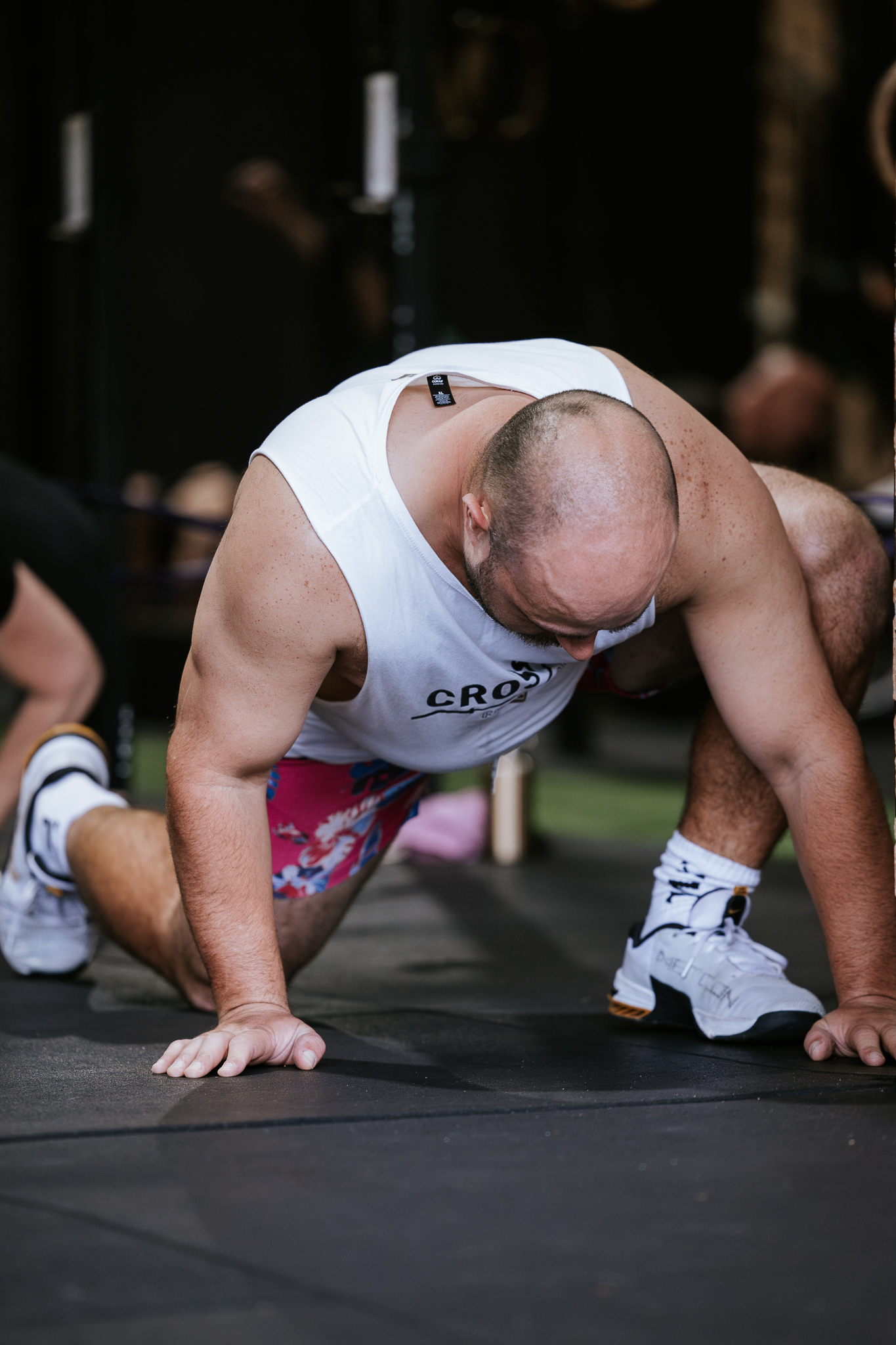
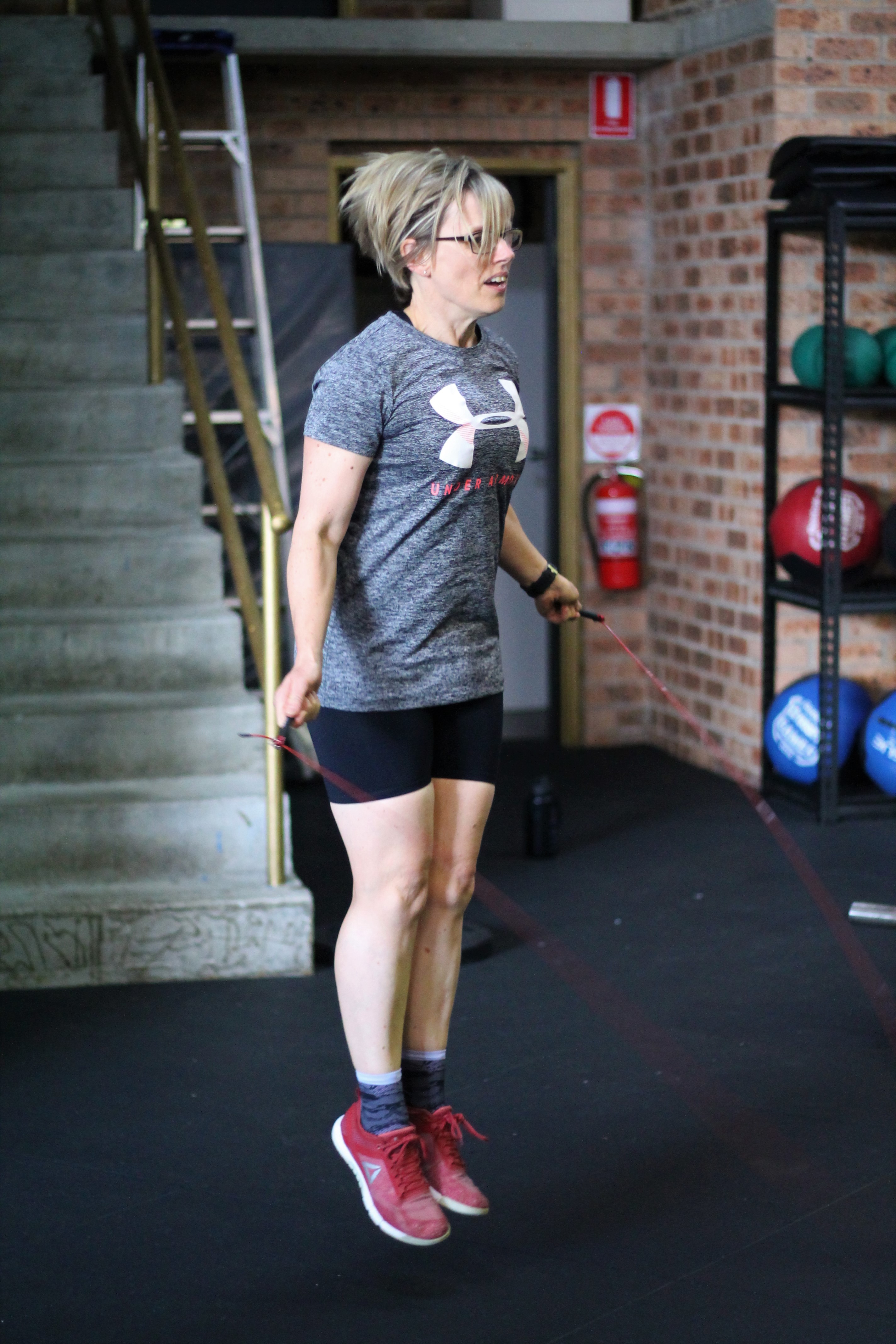
.png)
.png)
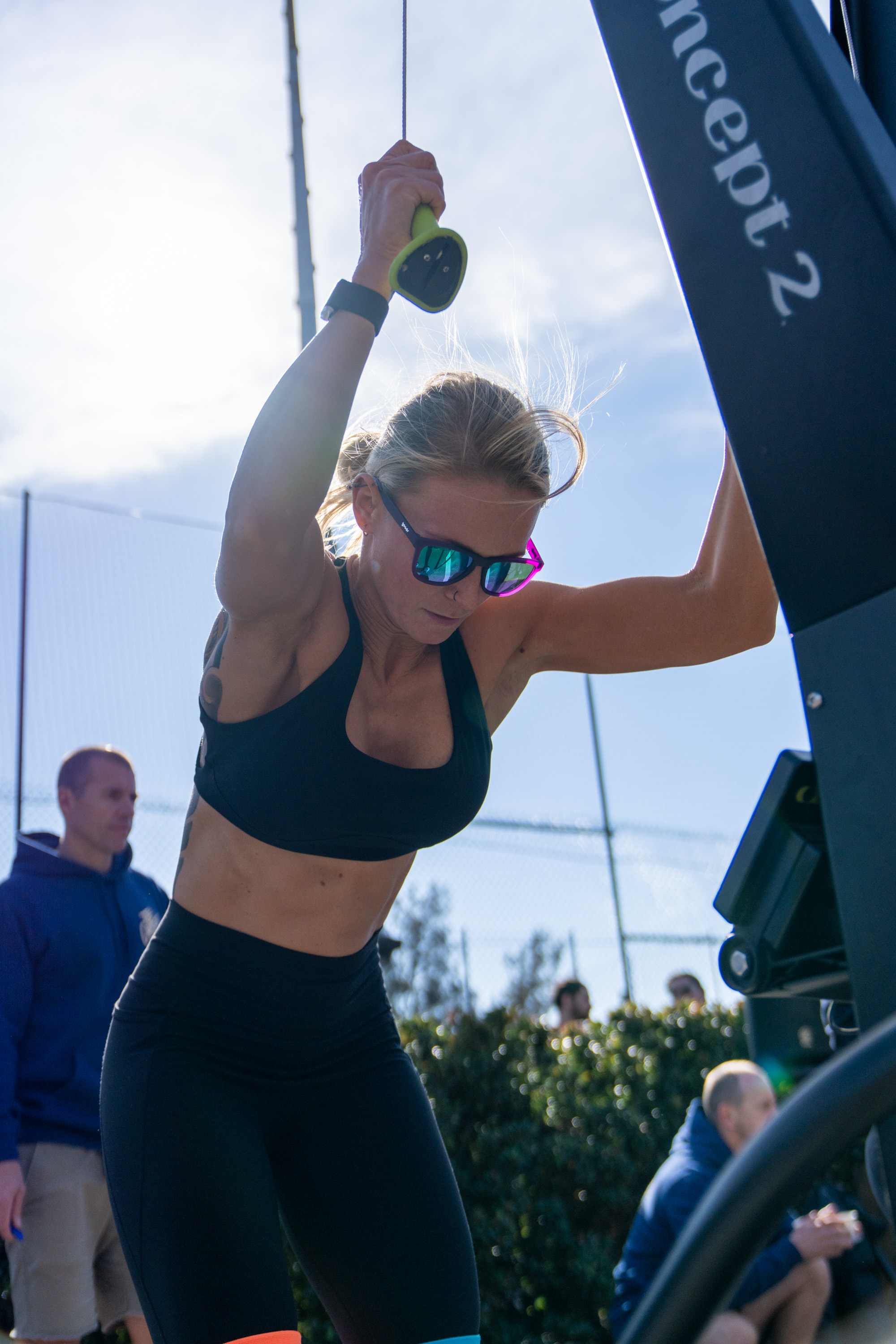
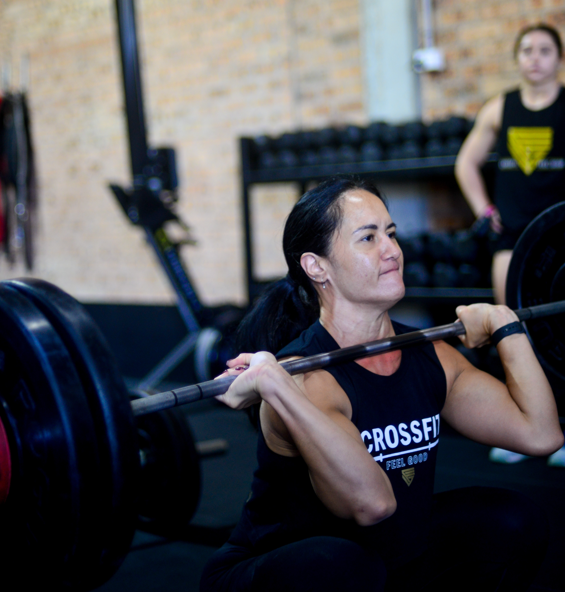
(1)(1)(1).jpg)
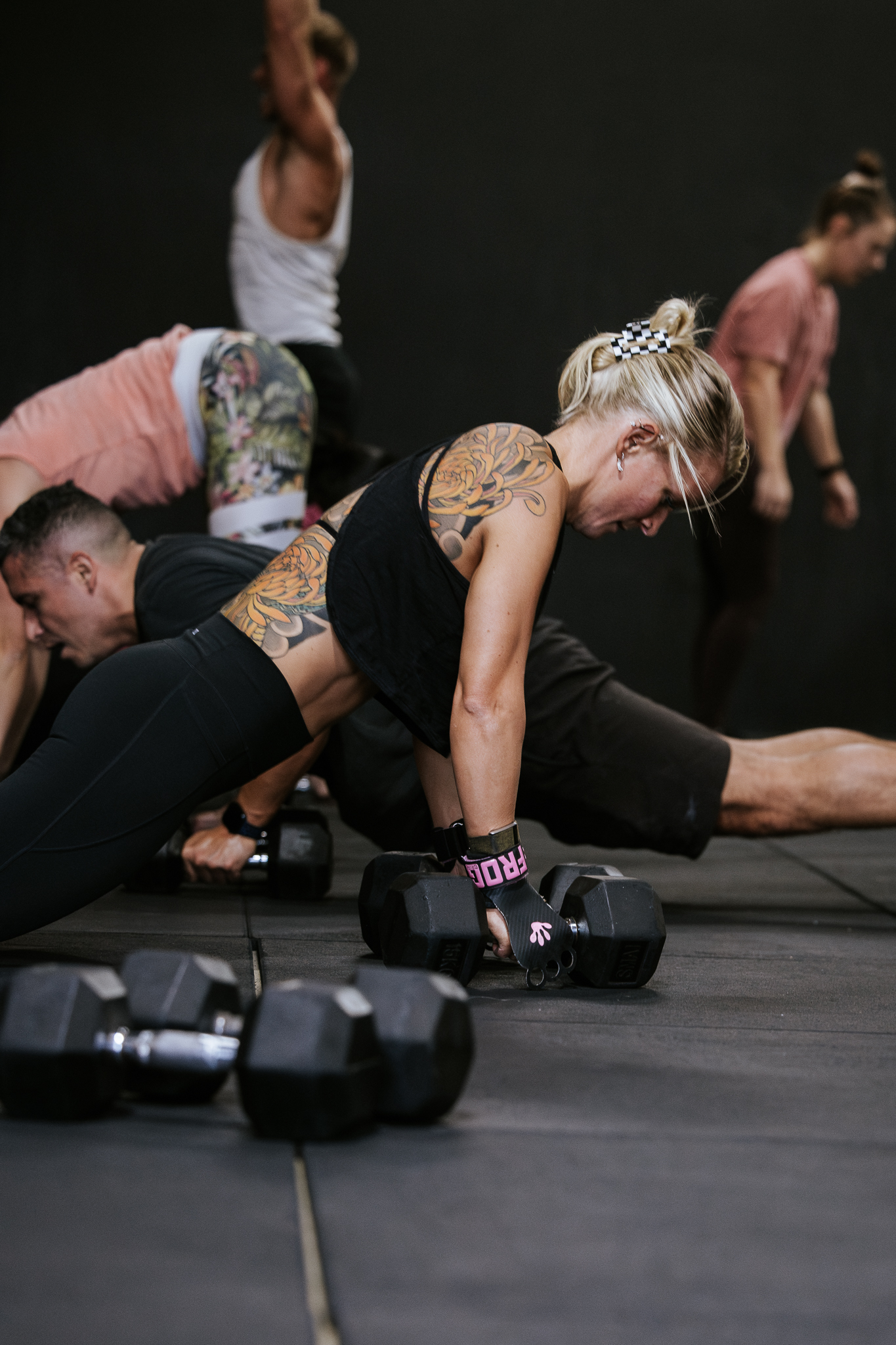
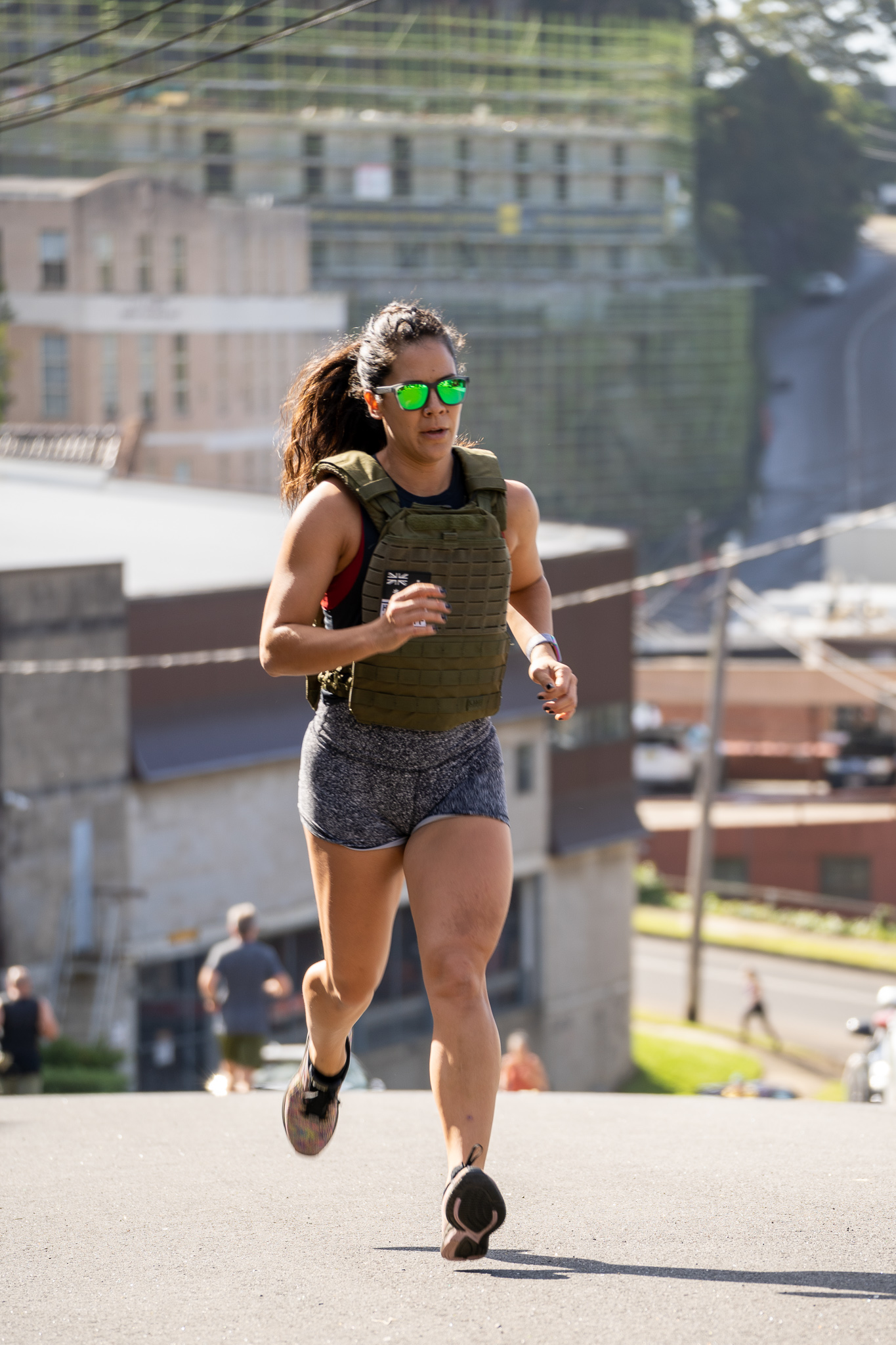
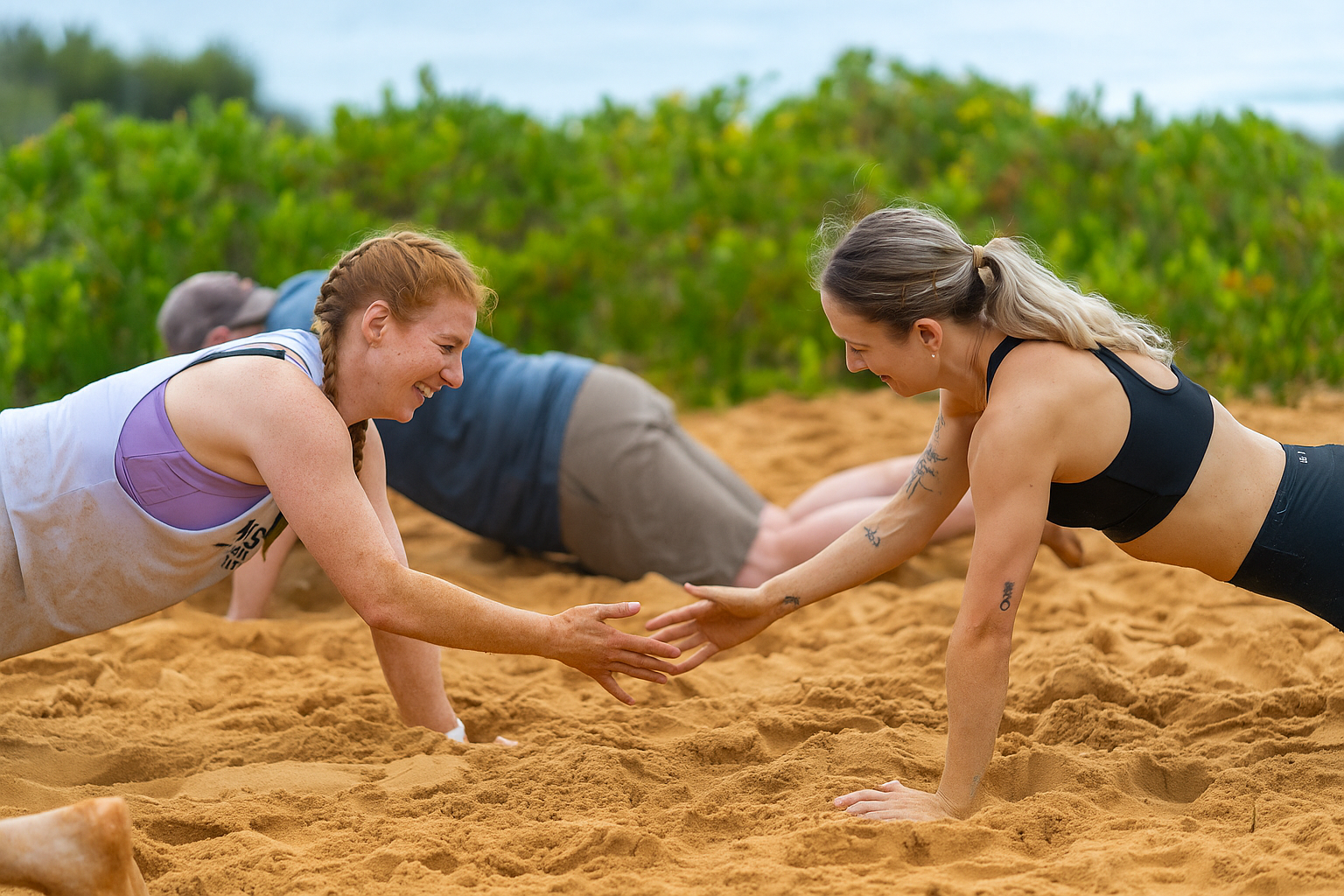
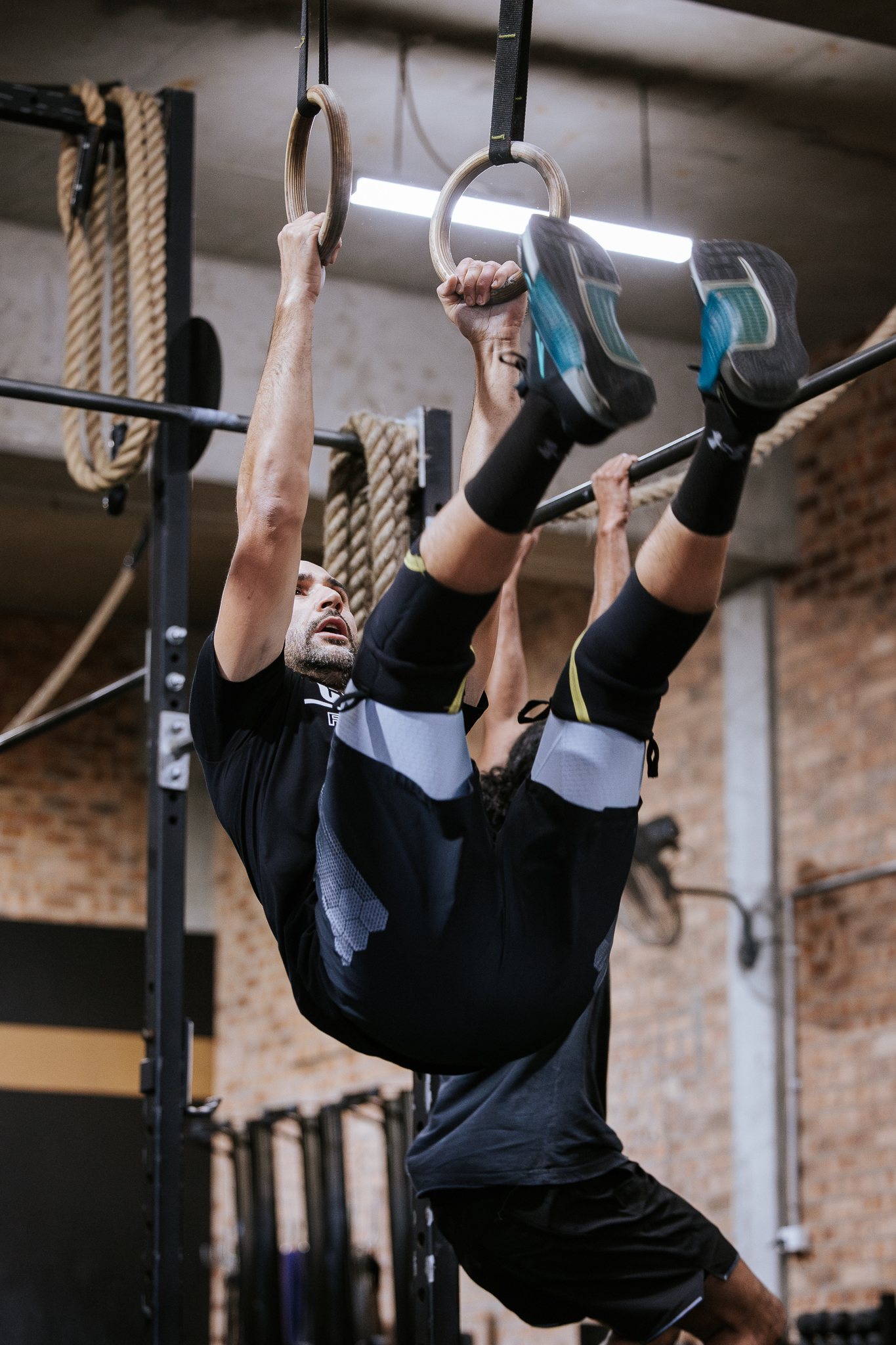
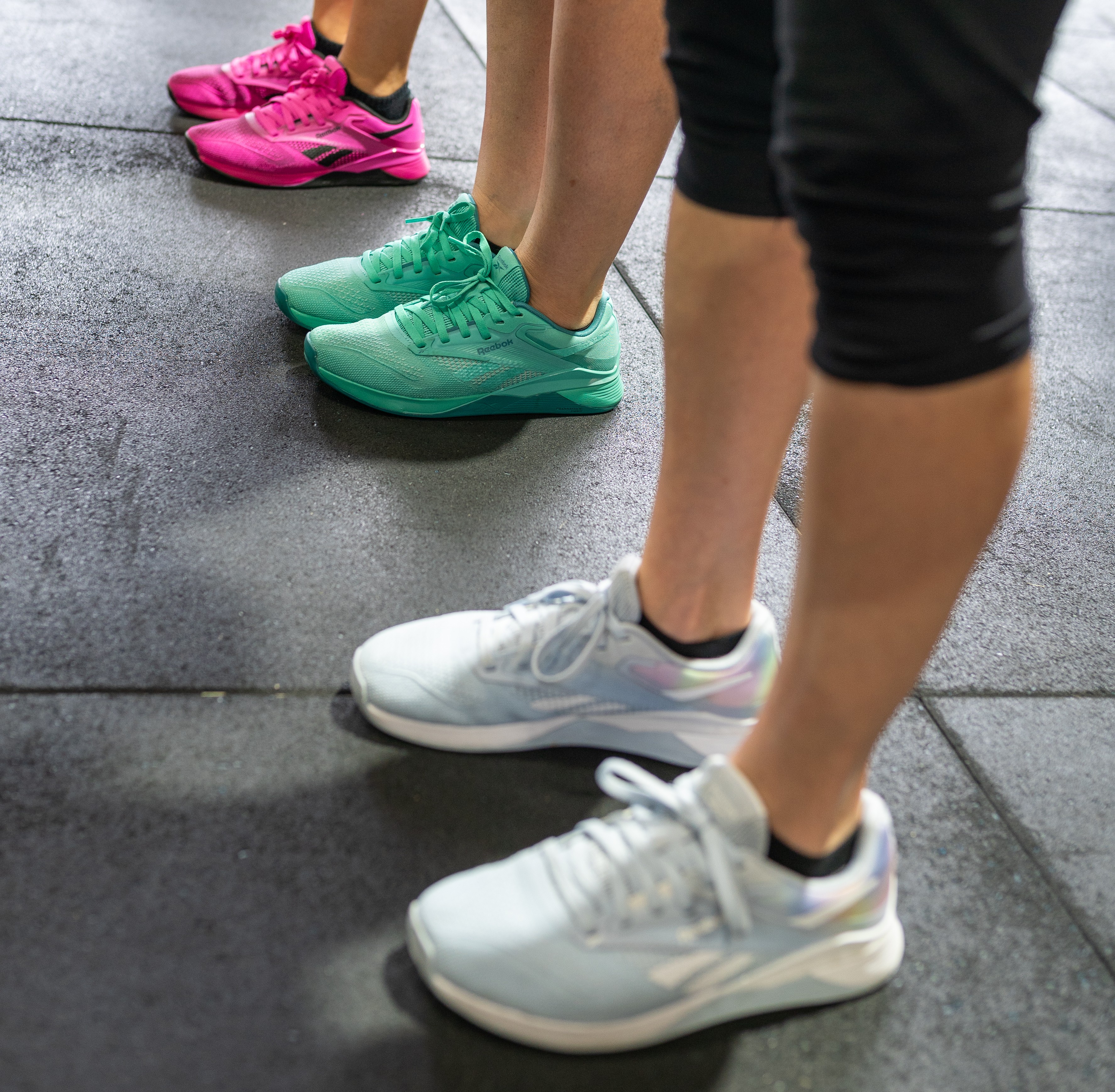
.jpg)
.jpg)
.png)
(1).jpg)
.jpg)